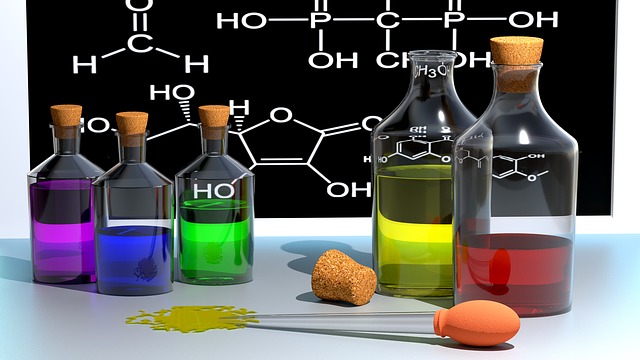A lot has been said about kratom and its properties. In fact, if you read our blog frequently, you’ll probably know what kratom’s main components are. Mitragyna speciosa main alkaloids are mitragynine and 7-hydroxymitragynine, but they are obviously not the only ones. The plant includes a wide variety of alkaloids and chemicals, which together allow it to have amazing properties, including analgesic, calming and relaxing.
But which are exactly those components and how do they work? Keep reading to learn the most important kratom components and how they work.
How Does Kratom Work?
Kratom holds a wide number of alkaloids and other components, which are mainly present in its leaves. Some research has found that kratom’s alkaloids have the ability to bind to the opioid receptors of the brain. Especially, they interact with the kappa and mu receptors, which control pain and anxiety, among other reactions.
In order to enjoy its properties, kratom components must be absorbed into our bloodstream. And the most effective way for this to happen is by ingesting the leaves. Although in South East Asia, people used to chew kratom leaves directly, this is not a popular way of consumption in Western countries. Typically, kratom users will brew the leaves or leave powder to prepare tea to drink it. Others will consume it by simply swallowing the kratom powder with a big gulp of water, this method is known as “toss and wash”.
Although kratom research is still scarce, it is believed that brewing kratom may help extract its components and it’s the best option to experience its effects.
What Are the Main Kratom Components?
Although kratom has been around for quite a while now, there are still not many studies of the plant. However, scientists have been able to identify a number of alkaloids and other components which we will explore below.
Mitragynine and 7-Hidroxymitragynine: Kratom’s Main Alkaloids
As mentioned above, kratom owes its properties mainly to mitragynine and 7-hydroxymitragynine, which are the two most popular kratom components.
Mitragynine is the main component of the plant. Kratom leaves can contain between 40% and 75% of this alkaloid. On the other hand, 7-hydroxymitragynine concentration is fairly low compared to it (1.5%-2.5%). However, both components together might be the main responsible for most of the kratom’s analgesic and pain-relieving properties.
Additionally, these alkaloids hold other properties including antidiarrheal and antitussive. Moreover, mitragynine is also responsible for the stimulant effects of kratom and also holds antimalarial properties.
Other Kratom Components
Besides the two alkaloids that we mentioned above, more than 20 other components have been identified in the plant. However, researchers believe that this only scratch the surface, and the plant may hold many other ingredients. Let’s see them and their properties below:
- Pain relievers: Like mitragynine and 7-hydroxymitragynine, kratom has other analgesic components, including 9-Hydroxycorynantheidine (1%), ciliaphylline (less than 1%) and corynantheidine (less than 1%).
- Muscle relaxers: kratom holds muscle relaxing properties. In general, speciogynine and mitraphylline are the main responsible for these effects. The leaves of the plant contain at least 6.5%-7.2% of the first. On the other hand, although mitraphylline concentration is low (less than 1%) it also holds antileukemic, anti-hypertensive and vasodilator properties.
- Immune system stimulants: as you may know, kratom is an immune system booster. This is thanks to components such as mitraphylline, isomitraphylline, isomitrafoline, isorhynchophylline, and isopteropodine. Although kratom leaves have a concentration of less than 1% of these components, kratom’s properties on the immune system are quite important.
- Anti-inflammatory properties: kratom contains epicatechin, which is a very popular compound. You can also find it in green tea and chocolate. But this ingredient is not only antioxidant, but it also has antiviral, antioxidant and antidiabetic properties. Additionally, it has rhynchophylline, which also has anti-inflammatory and vasodilator effects.
Less Active Kratom Components
Additionally, kratom contains substances such as ciliaphylline, with analgesic and antitussive effects and ajmalicine, with sedative properties. Other compounds are corynoxine A and B, which are dopamine mediators, tetrahydroalstonine, which helps lower blood sugar and speciophylline, with antileukemic properties.
Finally, there are other substances with no active properties such as akuammigine, mitrafoline, mitraversine, speciofoline and stipulatine. All these compounds are present in the plant at levels lower than 1%.
In conclusion, kratom is a very interesting plant with many properties and effects, and it is important to keep it legal, so more research can be performed on it.



